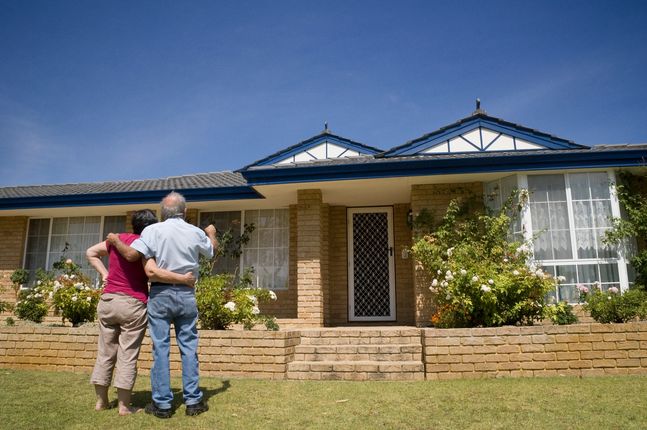A new analysis of Australia’s retirement village industry has illustrated how potential unit buyers may be able to save many thousands of dollars if they shop around for the right payment option and also negotiate a good deal.
Last week, PwC (advisory firm) and the Property Council of Australia (which represents village operators and developers) came together to release the 2019 Retirement Census.
The census is based on a survey of 56 operators who collectively manage some 617 retirement villages housing 70,000 residents across Australia.
According to the census, these operators employ a wide variety of payment and fee options.
Deferred management fee
For instance, nearly all surveyed villages charge what is known as a “deferred management fee”. This typically involves paying a lump sum amount when you exit the village.
This fee structure is believed to have been originally introduced in the 1960s as a way for not-for-profit retirement village operators to pay for the maintenance of units, once occupants had left.
One advantage of these fees is that they can help to reduce the incoming purchase price of units (the average two-bedroom retirement village unit is worth 64 per cent of the surrounding median house price).
The census shows that there are many different ways to implement this fee, including by calculating it against the price residents originally pay for the unit, or in some cases the price the resident is able to achieve when selling the unit. For about half of all villages, the fee also involves taking a percentage of any capital gain achieved.
The fee’s percentage varies widely between villages, with the minimum fee being around 20 per cent and the maximum around 42 per cent.
What’s more, different villages reach this maximum fee over different time periods.
Around 54 per cent of villages reach their maximum fee in six years, while a further 29 per cent reach it in eight years.
It is generally a better deal for consumers when the fee is reached over a longer timeframe, as this means you will pay a smaller amount if you leave the village within a few years.
Service fees
Retirement village operators also charge ongoing monthly fees, to pay for village services and facilities.
The census shows that these fees, in relation to a two-bedroom unit, range from a weighted average of $456 a month for not-for-profit operators, through to $599 a month for for-profit public companies.

Buy back guarantees
In addition, around 71 per cent of villages offer a buy back guarantee, where they agreed to purchase a vacated and unsold unit in certain circumstances.
This is designed to give residents some peace-of-mind that they will be able to sell their unit, including to help fund a move into aged care.
The census shows that villages offer a wide variety of timeframes in which residents are able to trigger an operator buy back. For instance, in NSW, buy backs can be triggered anywhere between seven and 60 months, while in Victoria it is between zero and 50 months.
An earlier buy back period would typically allow individual residents the opportunity to more quickly sell their units.
Time period to sell units
Finally, the census also shows that many residents and operators are currently finding it more difficult to sell units. The average number of selling days between the date of vacant possession to settlement has jumped from 194 days in 2017 to 258 days in 2019.
This means that outgoing residents, and also operators, may be willing to take a lower price so they can get units occupied. This presents a potential bargaining opportunity for buyers.

Retirement living calculator
The above analysis shows that the pricing models used by the retirement village industry can be complicated and it pays to do your homework and also shop around.
Fortunately, the Macquarie University has produced a retirement living calculator, which distills the different payment options into a simple monthly cost. This represents a great way to be able to compare alternative fee structures.
You can access the calculator here.
In addition, Downsizing.com.au gives you the widest possible range of retirement villages across Australia and allows you to search by price, location and by looking for a range of other on-site and nearby facilities and services.
What's more, retirement villages are only one form of over 50s housing. You can also search for general apartments, seniors housing apartments and land lease communities - learn more about these models in our Downsizing Guide.


